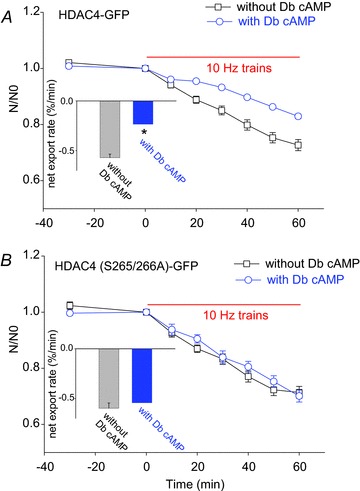Figure 5. Activation of PKA antagonizes the HDAC4-GFP nuclear efflux triggered by electrical stimulation.

A, FDB muscle fibres expressing wt HDAC4-GFP were electrically stimulated with 10 Hz trains in the absence (square, 15 nuclei of 7 fibres of 3 mice) or presence (circle, 11 nuclei of 8 fibres of 3 mice) of Db cAMP. The decay of nuclear wt HDAC4-GFP was fitted with a linear fit. Db cAMP significantly slowed the slope of nuclear wt HDAC4-GFP decay. B, in fibres expressing HDAC4 (S265/266A)-GFP, Db cAMP did not affect the decay of nuclear HDAC4 (S265/266A)-GFP triggered by 10 Hz train stimulation. Data are from 10 nuclei of 5 fibres of 2 mice in the absence of Db cAMP and 12 nuclei of 6 fibres of 2 mice in the presence of Db cAMP. The insets show the net export rate in fibres expressing HDAC4-GFP or HDAC4 (S265/266A)-GFP in the absence or presence of Db cAMP. *P < 0.05, compared with the group of fibres without Db cAMP.
